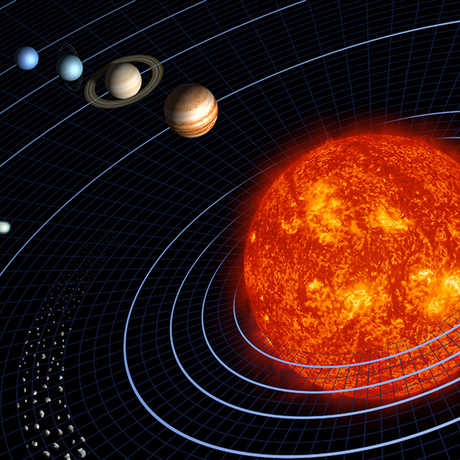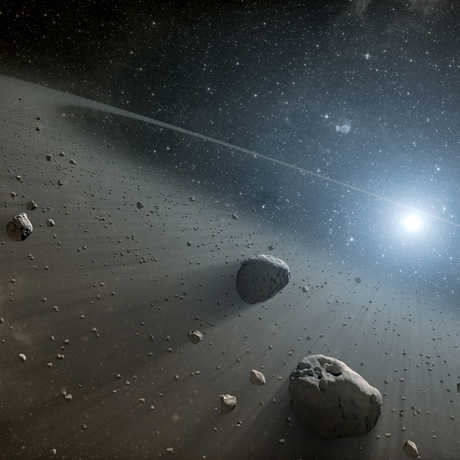Learn the benefit of using videos in the classroom, and browse resources to help you get started.
Duration: 2.5 minutes
Grade Level: 3rd-5th
Next Generation Science Standards: 5-ESS1.A; Using Models; Obtaining, Evaluating, and Communicating Information; Analyzing and Interpreting Data; Engaging in Argument from Evidence
This resource was developed through WGBH’s Bringing the Universe to America’s Classrooms project, in collaboration with NASA.
- Before students engage with the media, have them consider what they think they would see if they were to fly in a spacecraft to the edge of the galaxy. Have them write or sketch a flight path, starting with their takeoff location on Earth. You might ask them to consider scale, specifically Earth’s place within the solar system and the larger galaxy.
- Have students watch the video twice. In the first viewing (note: the video is not narrated), students will get a gist of the content. In the second viewing, students can record observations and scientific questions about the content.
- Use the Your Cosmic Address slideshow to scaffold students through creating a diagram showing the relative scale and location of some objects found at each scale, starting with their town or city and expanding out to the galaxy.
- Students may use the data on sizes provided in the slideshow to create an infographic comparing objects at each scale, beginning with the United States and ending with the Milky Way.
- Can they develop and express an argument about the scale of the galaxy using evidence from their graphic?


